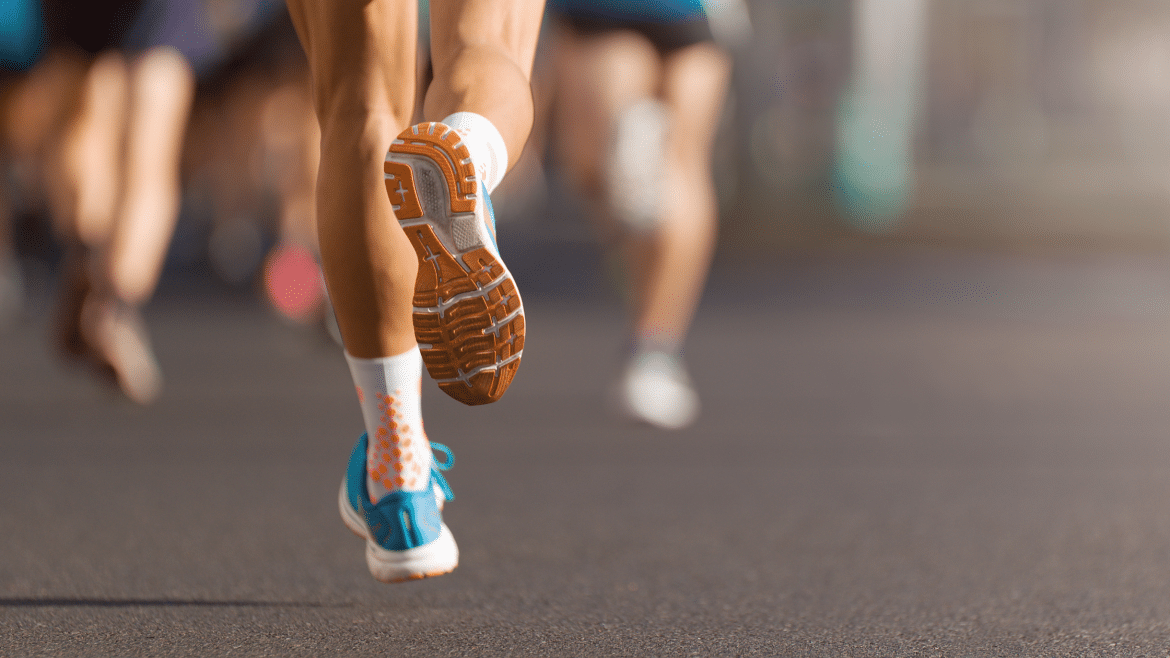 Juni
19
Juni
19
Marathon Checklist: What to Include in Your Marathon Gear?
- 19 Juni 2025
- 0 Comment(s)
Crossing the marathon finish line? It’s not just about grit and grind, it’s about gear. Planning your first (or fifth) race day means thinking through every little thing you’ll wear, carry, and sip along the course. So, let’s talk strategy. Not just the miles, but what gets you through them. Whether it’s your debut 26.2 or you’ve already earned your stripes, having a solid marathon checklist isn’t optional; it’s survival. Between that crisp pre-dawn air and the mid-race slump, your gear can make or break the experience. Let’s break it down with precision, a touch of flair, and zero fluff.
Top 3 Tips to Select the Best Marathon Gear
Keep it Light and Comfortable
Weight matters when you’re clocking 40,000+ steps. Lightweight gear reduces fatigue and keeps you focused on performance, not distractions. Prioritise breathable fabrics that quickly wick away moisture. Whether training in heat or racing in cool conditions, comfort is non-negotiable. Chafing? That’s a gear failure. Seamless gear, anti-chafe balm, and strategic layering work wonders.
Water and Wind-Resistant
Weather’s a wildcard. Start line, drizzle, or gusty conditions could show up uninvited. Smart runners prep with outerwear that can handle surprises. A packable, water-resistant jacket or vest keeps your core protected without overheating. Wind-blocking layers are critical in colder cities like Boston or Berlin.
Reflective Design
Most races start early or end with the sun low in the sky. Reflective trims or decals on your gear offer visibility and safety. That early light may feel dreamy, but you want to be spotted, especially if you’re training on open roads.
5 Essentials to Include in Your Marathon Checklist
Marathon Running Shoes
Your shoes are your foundation. A perfect pair isn’t just comfy, it’s engineered for the long haul. Opt for marathon-specific models that strike a good balance between cushioning and responsiveness. The key? Don’t debut them on race day. Log at least 40–60 training miles before the big show.
Brands like ASICS and HOKA offer high-mileage shoes that runners swear by, while carbon plate models, such as Nike’s Alphafly, are trending among time-chasers. Match your shoes with the course. Hilly terrain? Go for added stability. Flat and fast? Lightweight models will serve better.
Recovery Shoes for Runners
Don’t hobble your way back home. Pack a pair of recovery shoes. These are designed to soothe sore feet and aid in post-run circulation. Brands like OOFOS and HOKA Recovery Slides are popular for a reason. They support your arches, reduce joint stress, and let your muscles relax.
A smart tip? Toss them in your gear check bag or have a supporter hand them off at the finish. You’ll thank yourself when the race ends.
Marathon Sportswear
What to wear for a marathon often sparks debate. The answer? Whatever you’ve trained in and know works. Opt for moisture-wicking tops, snug (but not restrictive) shorts or tights, and anti-chafe socks.
Weather conditions dictate specifics. Expect heat? Go sleeveless with ventilated mesh tops. Anticipate wind or rain? Long-sleeve compression layers or weather-adaptive shells will keep you steady.
Compression gear, when chosen correctly, can boost circulation and reduce post-run soreness. Look for flat seams, quick-dry fabric, and a fit that feels tailored, not tight.
Nutrition and Hydration
Mid-race fuel is critical. Gels, chews, electrolyte mixes, whatever keeps your energy stable and your gut calm. Some runners carry hydration belts or handheld bottles, while others rely on on-course aid stations. Either way, have a plan.
Experts recommend consuming 30–60g of carbs per hour after the first 30–45 minutes of running. Practice this during long runs to avoid any last-minute surprises on race day. Don’t skip sodium, especially in humid conditions. Add salt tablets or electrolyte drinks to the rotation. GU Energy, Maurten, and SIS are all runner-tested, race-approved.
Marathon Health & Safety
Pack smart. Essentials like sunscreen, lip balm, band-aids, blister pads, and a mini roll-on muscle relaxer should be included on your checklist. Include a lightweight race belt or running pouch to stash these (plus your gels, ID, and emergency contact card).
Also, don’t forget your bib, safety pins, or race number belt. GPS watches and headphones? Make sure they’re fully charged. Familiarise yourself with the race-day rules regarding music and gear. Not every race permits headphones, especially on open courses. Not every race permits headphones, especially on open courses.
The Bottom Line
Running a marathon is part thrill, part test of human endurance. Gear won’t run the race for you, but it sure can make the journey smoother. Your marathon checklist is more than a list. It’s your blueprint for a strong finish.
Pay attention to your body, your race environment, and your training insights. Pack light, dress smart, fuel right, and always build your kit around reliability, not trends. Each item should earn its place.
TD Sportswear creates top-notch custom sportswear that pairs easily with your running shoes, recovery gear, or go-to accessories. Whether you’re chasing a new personal best or just enjoying the run, you’ll look sharp and feel ready.
 4.9/5
4.9/5

 4.9/5
4.9/5

